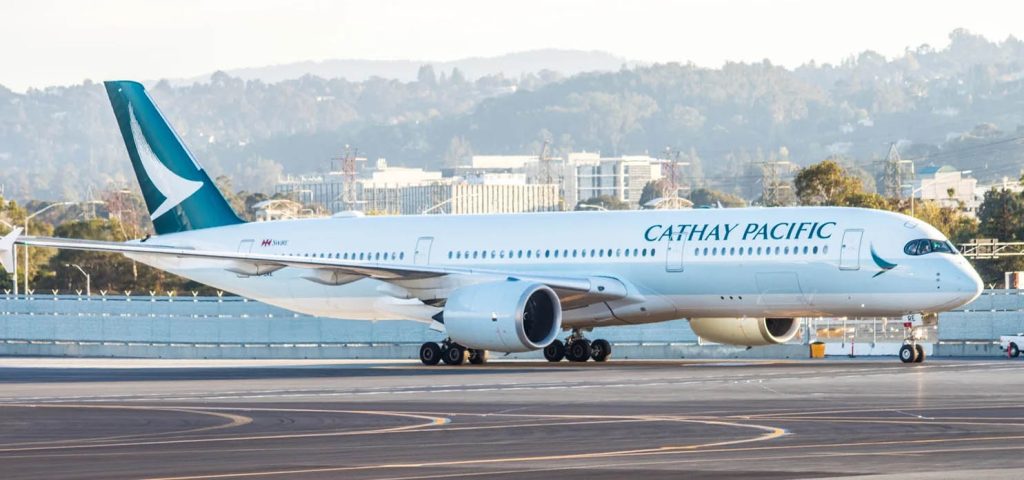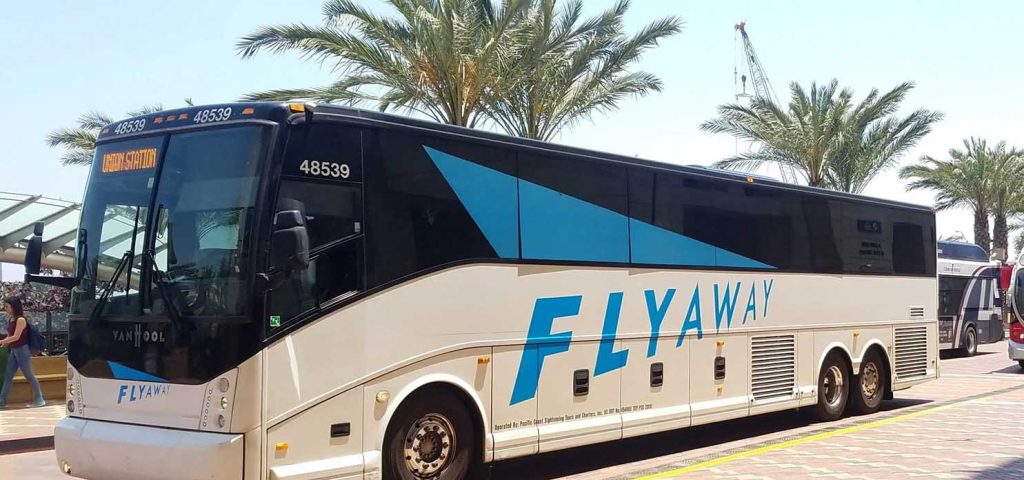When I first planned my trip to Toronto, I spent quite a bit of time navigating flight options and airport logistics. As one of Canada’s most important cities, Toronto is served by a vast network of international routes and multiple airports, which can leave travelers unsure of how to organize a smooth and convenient journey.
1. Overview of Major Toronto Airports: Understanding the City’s Gateways
Toronto has two main airports, each serving different types of flights and passenger needs.
1.1 Toronto Pearson International Airport (YYZ)
This is the largest airport in Canada and one of the busiest aviation hubs in North America. Almost all intercontinental flights from Asia, Europe, and South America arrive here. The airport is located about 27 kilometers northwest of downtown Toronto, in Mississauga. It’s vast and well-equipped, with two primary terminals—T1 and T3:
- Terminal 1 mainly serves Air Canada and its Star Alliance partners;
- Terminal 3 is used by WestJet and some other international airlines.
Pearson Airport’s advantages include a high volume of flights, a wide selection of airlines, and convenient transfer services. However, this also means longer customs and baggage claim times, especially during peak hours.
1.2 Billy Bishop Toronto City Airport (YTZ)
Located on Toronto Islands near downtown, this smaller airport is a charming alternative. While its route network isn’t as broad as Pearson’s, it serves short-haul regional routes, primarily operated by Porter Airlines and some U.S. and Canadian carriers. The biggest advantage is its proximity to the city—within minutes of landing, you can be sipping coffee in downtown’s Union Station area.
I once flew into Billy Bishop from Montreal and was enjoying a coffee at Union Station just ten minutes after deplaning. For travelers who don’t want to spend much time commuting from the airport to the city, it’s a hard-to-beat option.
2. Flight Options to Toronto from Different Departures
2.1 Departing from Mainland China and Hong Kong
Toronto has long been a key destination for direct flights from China, making it one of the first Canadian cities to establish such routes. Today, direct flights from major Chinese cities like Beijing, Shanghai, Guangzhou, and Hong Kong consistently land at Toronto Pearson International Airport.
- Air China operates direct flights from Beijing to Toronto;
- China Eastern offers Shanghai Pudong–Toronto direct service;
- China Southern operates from Guangzhou;
- Cathay Pacific flies direct from Hong Kong.
Most of these flights depart in the evening, with flight times ranging from 13 to 15 hours. They usually arrive in Toronto in the late morning or early afternoon, which helps passengers adjust to the local time zone quickly and conveniently.
Tip: It’s always advisable to book early for the best seat options, especially if you’re traveling during peak seasons. If you have a layover in the United States, be sure to check the U.S. visa requirements and ensure you have a valid U.S. visa, as it may be required for transiting through U.S. airports.

2.2 Departing from Europe and the UK
Many European cities are well-connected to Toronto, with major hubs like London, Paris, Frankfurt, Amsterdam, and Zurich all offering direct flights. Flight times generally range from 7 to 9 hours, making these routes relatively quick for travelers coming from Europe.
- British Airways, SWISS, and KLM offer regular service;
- Air Canada also shares codes with several European airlines.
I once had the opportunity to fly from Paris Charles de Gaulle to Toronto on Air Canada, and the journey lasted 8 hours and 20 minutes. The flight was smooth, and upon arrival, I was able to quickly process through immigration using automated passport kiosks, making the experience fairly efficient and stress-free.
2.3 Departing from the United States
Flights between the United States and Toronto are frequent, with dozens of daily flights available from major U.S. cities such as New York, Chicago, Boston, San Francisco, Seattle, and Los Angeles. These routes are well-suited for both business and leisure travelers, offering quick and flexible connections between the two countries.
• Porter Airlines, known for its excellent service, operates several routes from U.S. cities like Boston and New York, offering a smooth travel experience with a flight duration of approximately 1 to 2 hours.
• WestJet also offers numerous flights from U.S. cities to Toronto, providing budget-friendly options without compromising on comfort. WestJet operates frequent routes from cities like Chicago and New York, with flight times ranging from 1 to 4 hours.
• Delta Airlines, United Airlines, and American Airlines all offer several daily flights from U.S. cities to Toronto, providing a wide range of options for travelers.
The flight durations from the U.S. typically range from 1 to 5 hours depending on the departure city. This gives travelers the flexibility to choose a flight time that best suits their schedule. The frequent flights from various U.S. cities also provide flexibility for last-minute travel plans.
For those flying from New York, Billy Bishop Toronto City Airport is highly recommended. This small but well-connected airport offers direct access to downtown Toronto, making it incredibly convenient for travelers looking to minimize their transit time between the airport and the city center. If you’re flying from New York’s LaGuardia Airport, this is particularly convenient, as the airport is only a short flight away, and you can quickly reach Toronto’s downtown area within 15 minutes of landing.
3. Key Considerations When Booking: Airlines, Fares, and Transfers
3.1 Comparing Airlines
- Air Canada: The most reliable choice for flying to Canada, with an extensive route network and professional service;
- WestJet: More budget-friendly, great for economy travelers, though it offers fewer international routes;
- Porter Airlines: Focuses on short regional routes, high-quality onboard service, ideal for U.S. East Coast to Toronto travel.
3.2 Class and Fare Considerations
Economy class fares can vary greatly between peak and off-peak seasons. Generally, April–June and September–November are off-peak with lower prices. July–August and the December holiday season are high-demand periods—book 1–2 months in advance.
Business class or premium economy is well worth it for long-haul flights, especially if you need to jump into work or activities immediately upon arrival.
3.3 Choosing Transfer Cities
If not flying direct, choose transfer hubs known for efficiency and good facilities. In Europe, Frankfurt and Amsterdam are excellent choices; in North America, consider Chicago or Vancouver.
4. Navigating Entry: Pearson International Airport Arrival Process
After landing at Pearson, the typical immigration process includes:
- Scanning your passport and completing customs declaration at a Primary Inspection Kiosk;
- Brief questioning by a border officer;
- Collecting checked baggage;
- Proceeding through customs.
If everything goes smoothly, the process takes 30–45 minutes. Canadian customs are strict—do not bring meat, fresh produce, or other restricted items. Always declare truthfully.
If you’re traveling with an eTA (Electronic Travel Authorization), double-check its validity before departure and keep a printed copy handy.
5. Transportation from Airport to Downtown: Complete Options Guide
5.1 From Pearson Airport to Downtown

- The airport express train is the fastest option to reach downtown, taking just 25 minutes to get to Union Station. The one-way fare is about CAD $12. The train is comfortable, equipped with free Wi-Fi, and provides a scenic view of the city as it speeds towards downtown. It’s the most efficient and affordable method, especially during peak travel hours.
- Airport Express Bus: The Airport Express Bus is another convenient option, serving several downtown stops including popular areas like the Yorkdale Mall, the Royal York Hotel, and the downtown financial district. It’s ideal for travelers who don’t mind a slightly longer commute (around 45–60 minutes) and need to stop at various city locations.
- Taxi or rideshare: A taxi or rideshare service like Uber or Lyft is a comfortable choice for those with heavy luggage or who prefer door-to-door service. The ride takes approximately 30–50 minutes, depending on traffic, and costs between CAD $60–90. Prices may increase during peak hours or at night.
- Rental car: Pearson Airport has a variety of car rental companies available on-site. This is a great choice for travelers planning to visit other parts of Ontario, such as Niagara Falls or cottage country.
5.2 From Billy Bishop Airport to Downtown
- Free Shuttle: Takes about 10 minutes to Union Station;
- Pedestrian Tunnel: Connects the island airport to the mainland waterfront in about 6 minutes on foot—very convenient;
- Taxis and bike shares: Great for light travelers wanting quick downtown access.
6. Extra Tips and Suggestions
- Toronto is a popular tourist and study-abroad destination—book flights at least 90 days in advance for peak seasons;
- Summer flights may be delayed due to weather—build in buffer time for connections;
- Have your hotel address ready in digital or printed form, as border officers may ask for it;
- Canadian SIM cards can be purchased at the airport or downtown convenience stores for quick mobile access.
From choosing the right flight to clearing customs smoothly, each step plays a vital role in ensuring a successful journey. Through my own experiences flying to Toronto, I’ve developed a travel approach that works well, and I hope this detailed guide helps others prepare effectively. May your adventure in Toronto begin with a smooth and joyful arrival.
